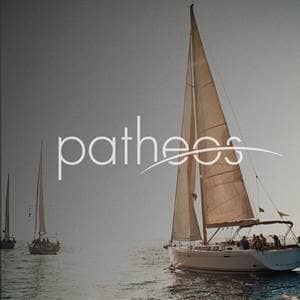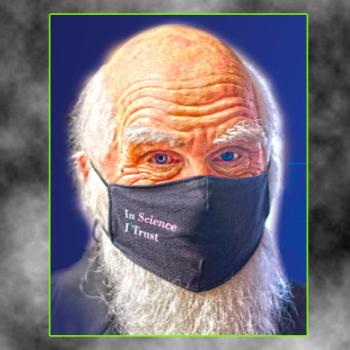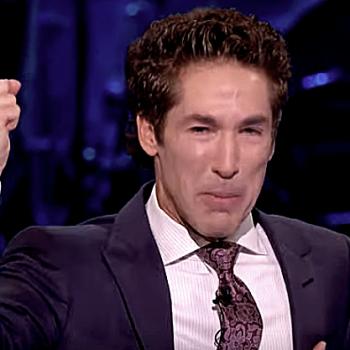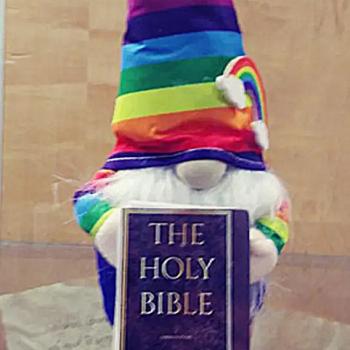BACK in 1949, Italian Prime Minister Giulio Andreotti thought it was a good idea to give the Catholic Church greater control over what cinema audiences in his country could watch.
The result of giving the Church power to ‘moralise’ the cinema was that hundreds of films were banned outright, and thousands more censored.

But 23 years after the bizarre comedy Totò Who Lived Twice was prosecuted for “religious defamation” because church leaders threw a wobbly over its “blasphemous” content, Culture Minister Dario Franceschini, above, announced this week that there be no more censorship in Italy.
Film censorship has been abolished. The system of controls and interventions that still allow the state to intervene in the freedom of artists has been definitively ended.
As a result, it will now no longer be possible to block the release of a new film or demand edits for moral or religious reasons. Filmmakers will instead classify their own movies based on the age of the audience.
Their decisions will be verified by a new commission made up of 49 members chosen from the film industry, but will be experts in education and animal rights.
Said director Pupi Avati, whose 1970s film Bordella was censored.
It’s a form of self-regulation. We are mature enough.
Censorship in Italy goes back to 1914. Among the best-known films banned was Bernardo Bertolucci’s Oscar-nominated 1972 classic Last Tango In Paris, all copies of which were destroyed except for three preserved as “proof of the crime”.
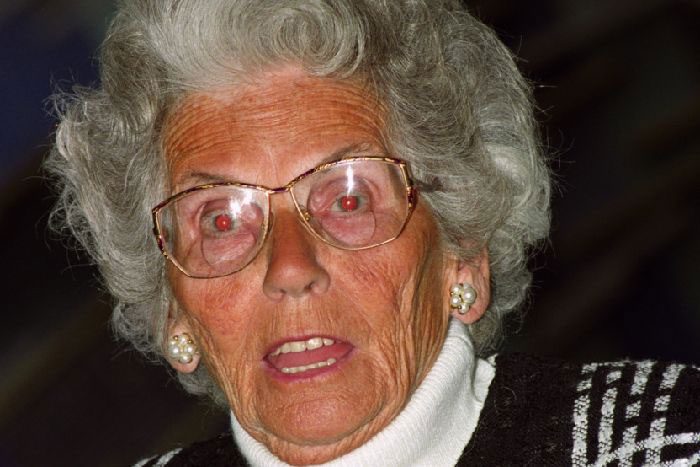
Last Tango In Paris also ran into a spot of bother in the UK, when a a pro-censorship Christian organisation – The National Festival of Light co-founded by the deranged Mary Whitehouse, above – started a concerted campaign to prevent the film reaching British cinema screens.
In January 1974, one of her cohorts, Edward Shackleton, took out a private prosecution against United Artists, the film’s distributor. This was a major milestone in British film censorship, since it was the first time that a film with a British Board of Film Classification certificate had been prosecuted.
Had the case been successful it would have had far-reaching implications for the Board’s authority.
Although the case was taken seriously enough to get as far as the Old Bailey and be heard by the then Lord Chief Justice, Lord Widgery, it ultimately failed because the Obscene Publications Act did not then apply to film.
According to a survey by Cinecensura, an online resource promoted by the culture ministry, 274 Italian films, 130 American movies and 321 from other countries have been censored in Italy since 1944.
More than 10,000 were modified in some way, including works by directors such as Federico Fellini.
Cinecensura says:
Italian censors have always kept a watchful eye on the portrayal in film of the Catholic Church and its representatives. They fell over themselves to demand cuts in films like Umberto D. and Alvaro piuttosto corsaro, not to mention the scandalous scene of the fake miracle in La dolce vita (in itself a landmark) and the trial of Pasolini’s film La ricotta (Curd Cheese).
Following this, such demands became more sporadic, although not entirely infrequent, until the total ban (then repealed) of Totò che visse due volte (Totò Who Lived Twice) by Ciprì and Maresco, which was also subjected to a trial for religious defamation.
Totò infuriated the Church because, according to TimeOut:
This typically scatological, bizarre and grotesque tale from Ciprì and Maresco bears a distinct if distant and blasphemous resemblance to the life of Christ – and more specifically to Pasolini’s Gospel According to Matthew. The protagonist is a boss-eyed wanker who drools ecstatically at the mere idea of harlots and donkeys.
The story takes in miracles, resurrection and crucifixion, not to mention trouble with the Mafia, and the film-makers paint a memorably vivid portrait of Sicilian manhood, at once parodic and poetic.

 I’d love a cup of coffee
I’d love a cup of coffee


